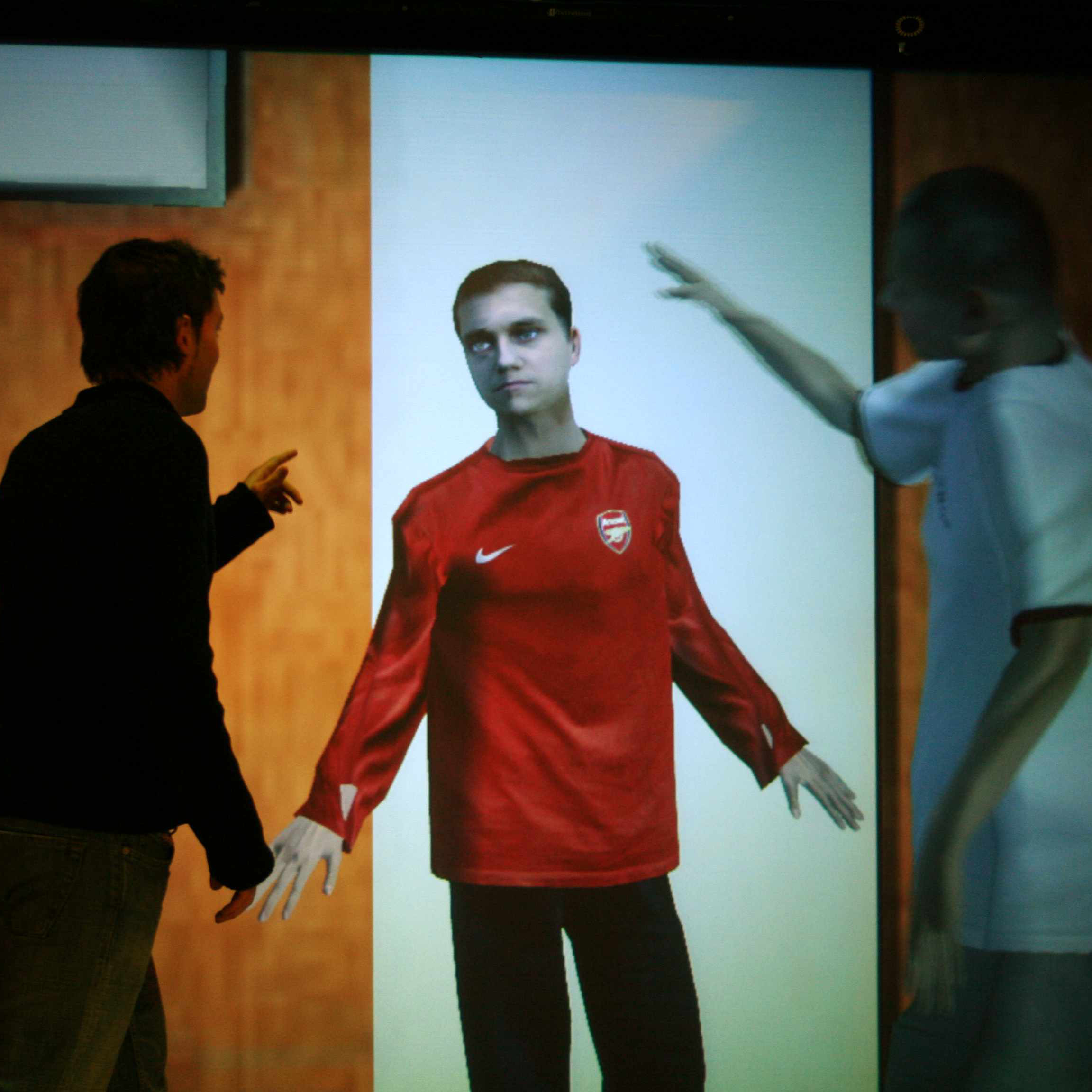Illusion
Virtual environments are the assembly of a variety of hardware and software technologies with the purpose of immersing the user within an interactive computer-generated illusion. Due to the nature of the technologies, this illusion is a first-person egocentric view of an environment that is “life-like” in scale, behaviour and interaction. For example, when one turns one’s head, the graphics and audio “move” as the real world does normally. Ideally this illusion creates, for the participant, a sense of “presence”, such that they believe, they can, and they do interact with this illusion in a similar manner to what they would do if experiencing a similar real situation.
Understanding
There is a long technical history to such illusions but there is also a correspondingly long development of an understanding about how and why such illusions occur. Virtual environments are thus an exciting technology to study in and of themselves, because they create interesting illusions, but our group is more interested in what types of technology and media most easily create this illusions. Our group’s own understanding of presence has evolved over time, as we have built better technology, but more importantly as we’ve learned how to start measuring responses of users.



